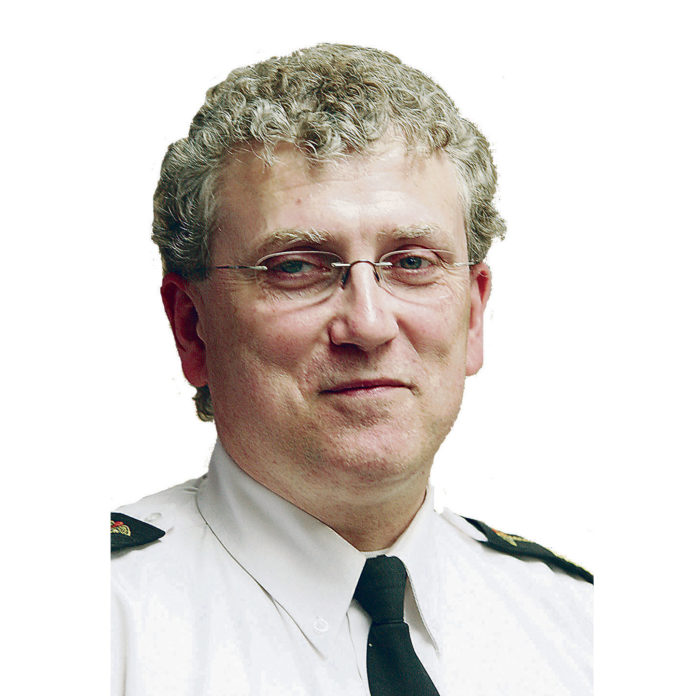by Lyle Karasiuk
It only takes an instant for an incident to happen. A check into the boards playing hockey, collision with a solid object while tobogganing, collision with someone else while on a snow board can prove to be disastrous, especially when you are not wearing the gear. Head injuries account for over 30% of all hospital emergency room visits. A recent study by the University of Alberta showed that wearing a helmet while skiing or snowboarding can reduce injury by 30 to 55 per cent. Another study found that for every dollar invested in helmets saved $29 in health care costs. For a country that aggressively regulates against health threats, ranging from mandatory use of seat belts through to restrictions on the types of dyes that can be used in foods, there remains a curious void around winter sports.
Professional athletes wear the gear when they step onto the ice, go skiing or engage in other sport events. So why won’t you? A bike helmet, snowboard or toboggan helmet, ski helmet can prevent a head injury. While other prevention tips such as:
- Inspecting the terrain for hazards like people, trees or other fixed objects
- Making sure that the equipment is in proper working order
- Dressing for the weather and dressing safely means no scarves or hoods with strings
- Following the rules of the facility/location
So, what happens if you “wipe out” or collide with a fixed object like a tree. After the initial impact, assess your own safety. Can you move arms, legs; do you remember everything that has happened? If there is any pain or there appears to be injury especially to the head, neck or back DO NOT MOVE seek immediate medical assistance and dial 9-1-1 if appropriate. It is possible to suffer a concussion. This mild brain injury is caused by rapid movement of the head so literally the brain is slammed against the inside of its protective skull. This event interferes with brain function resulting in a change in the person’s mental function. You do not have to strike your head against anything nor do you need to lose consciousness to suffer a concussion.
Some signs or symptoms are:
- Headache, dizziness or seeing “stars”
- Strange behavior, vacant blank stares or a confused look
- Slurred speech, slow to respond to question, loss of balance
- Ringing in ears, excessive tiredness, restlessness or being sick and vomiting
What to do:
- Call 9-1-1 immediately if the injured person has lost consciousness, has trouble breathing or is convulsing
- Every person who you suspect has a concussion should be seen by a doctor
- The injured person should not return to activities on the day of the injury.
- Avoid driving until advised by your doctor
- Complete rest while symptoms persist then a gradual return to normal activities
No athlete should be returned to play until a doctor has cleared them, and they no longer have symptoms at rest or under exertion. When in doubt … sit them out.
Prevention is the key. Understand the risks of the sport or activity, take all appropriate precautions and wear a certified helmet. A helmet is your single best protection against injury and could save your life!


